How to trim onions?
texasoiler2
10 years ago
Related Stories
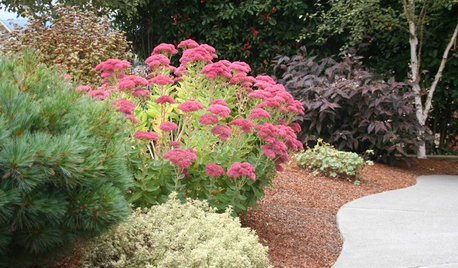
GARDENING GUIDESPacific Northwest Gardener's August Checklist
Deadheading perennials, cutting raspberry canes and preparing for the onion harvest keeps Northwest gardeners busy in August
Full Story
DECORATING GUIDESGuest Picks: Make a Fashionista Christmas Tree
Take cues from Hermes, Burberry and Tiffany & Co. for your tree trimmings this year
Full Story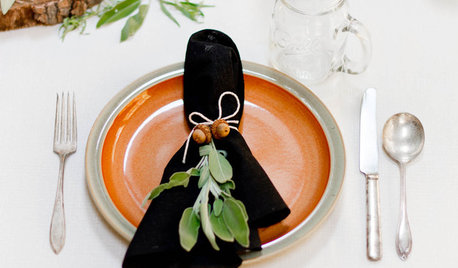
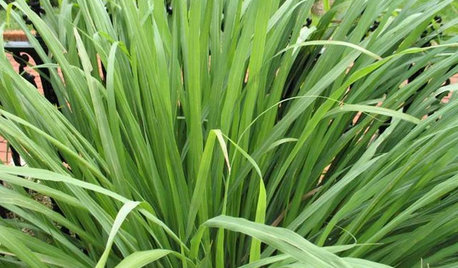
HERBSHerb Garden Essentials: Grow Your Own Zesty Lemongrass
Add lemony goodness to cooking and tropical flavor to your yard with this grass-like herb native to Southeast Asia
Full Story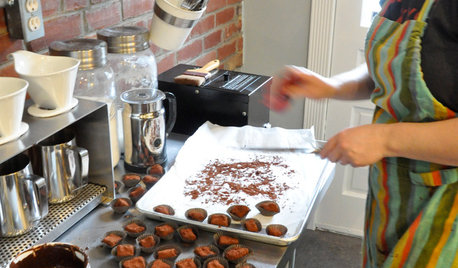
KITCHEN DESIGNLove to Cook? We Want to See Your Kitchen
Houzz Call: Show us a photo of your great home kitchen and tell us how you’ve made it work for you
Full Story
ARCHITECTUREStates of Style: The Alaskan Frontier
All isn’t raw and rustic in this frontier state. See how nature’s influence meets eclectic style in Alaskan homes
Full Story
STUDIOS AND WORKSHOPSMy Houzz: Eclectic Charm in a Baton Rouge Renovated Live-Work Cottage
Makers of handcrafted jewelry bring personalized flair to their 1,350-square-foot Louisiana home and studio
Full Story
KITCHEN DESIGNSweet Ideas and a Truffle Recipe from a Chocolatier's Test Kitchen
A $2,100 budget didn't mean a half-baked kitchen redo; this confectioner just rolled up her sleeves and rolled out the improvements
Full Story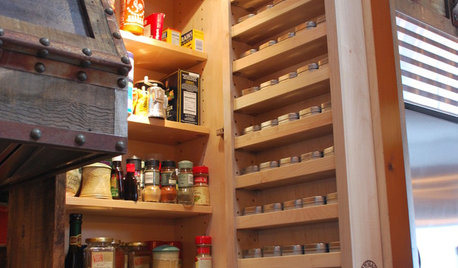
KITCHEN DESIGN7 Steps to Pantry Perfection
Learn from one homeowner’s plan to reorganize her pantry for real life
Full Story
MOST POPULAR7 Soothing Spaces: How to Use Color to Create Calm at Home
Started your new year on the wrong foot? Feeling the February blahs? Maybe you need a color fix in your home
Full Story





MiaOKC
texasoiler2Original Author
Related Professionals
Vernon Hills Landscape Architects & Landscape Designers · Burlington Landscape Contractors · Cincinnati Landscape Contractors · Dallas Landscape Contractors · Federal Way Landscape Contractors · Gresham Landscape Contractors · Kettering Landscape Contractors · New Brighton Landscape Contractors · Pahrump Landscape Contractors · Placerville Landscape Contractors · Secaucus Landscape Contractors · Solana Beach Decks, Patios & Outdoor Enclosures · Castle Rock Decks, Patios & Outdoor Enclosures · Midwest City Decks, Patios & Outdoor Enclosures · San Jose Decks, Patios & Outdoor EnclosuresOkiedawn OK Zone 7